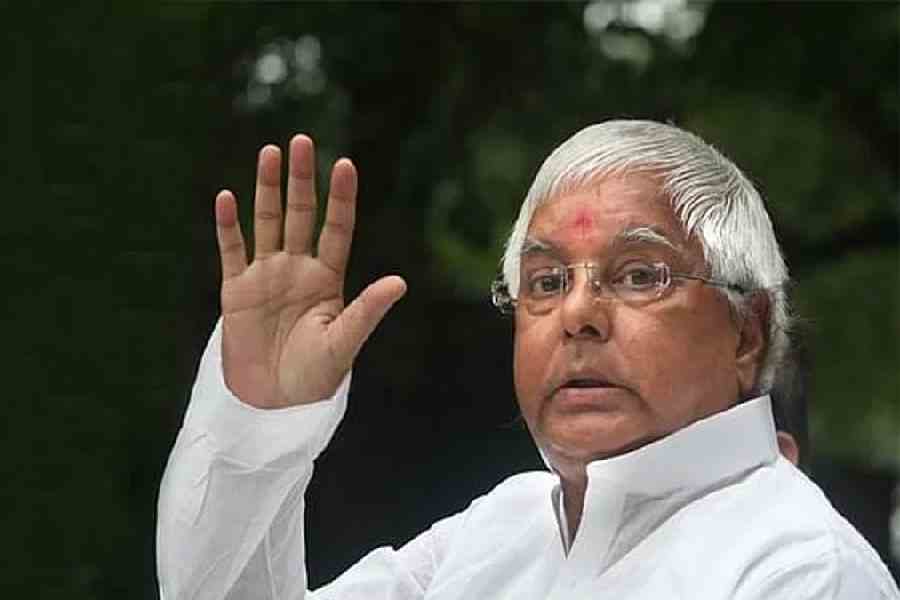Sriharikota, Jan 5: India’s space agency today launched a two-tonne communication satellite into orbit using a home-grown cryogenic rocket engine for the first time, leaping over a big technological hurdle it has struggled to overcome for two decades.
The Geosynchronous Satellite Launch Vehicle (GSLV), a three-stage rocket whose third stage is propelled by the cryogenic fuels liquid oxygen and liquid hydrogen, ferried the 1,982kg satellite into its intended orbit.
Seventeen minutes and eight seconds after the GSLV-D5 rocket blasted off this island spaceport into a Sunday afternoon sky, Indian Space Research Organisation (Isro) scientists and engineers let out a collective cheer from the mission control centre.
The cryogenic engine fired for 12 nerve-racking minutes and placed the GSAT-14 satellite into its planned transfer orbit. The satellite, which has a planned mission life of 12 years, will augment satellite-based communications across mainland India and its islands.
Sunday’s success was all the sweeter since two previous launches in 2010 — with an Indian and later a Russian cryogenic engine — had resulted in failure. Even the last launch —on August 19 last year with an Indian cryogenic engine —had to be aborted as fuel leaked from the second-stage liquid engine.
These serial failures forced the Isro team to completely refurbish the GSLV for today’s mission.
“Isro has done it. The Indian cryogenic engine performed as predicted and expected, and injected precisely the GSAT-14 communication satellite,” Isro chairman K. Radhakrishnan announced.
“We are extremely proud after (the) three-and-a-half years of excruciating time we took to understand and learn from our failures. It is a momentous day for the Indian space programme.”
India has now joined a club of six that has developed cryogenic engine technology. (See chart below)
Russia had sold India seven cryogenic engines in 1993 but did not transfer the technology to Isro, which had to develop the cryogenic engine on its own.
Radhakrishnan told reporters that India’s efforts to design its own cryogenic engine had been going on since 1992.
After one more development flight using a cryogenic engine, Isro will be in a position to launch two-tonne communication satellites on a commercial basis, he said.
“Our next step will be GSLV Mark III, equipped with a high-thrust cryogenic engine that would enable us to launch satellites weighing up to four tonnes,” he said.
He said that in the near future, GSLVs equipped with cryogenic engines would launch three Indian communication satellites and also Chandrayaan 2.
A cryogenic rocket stage is more efficient and provides more thrust for every kilogram of propellant it burns compared with solid and earth-storable liquid propellant rocket stages. So, it’s the most cost-effective way of sending heavy payloads into space.
The world over, cryogenic engines are used at the last stage to launch heavy communication satellites.
However, the cryogenic stage is technically a very sophisticated and challenging system compared with solid or earth-storable liquid propellant stages because of its use of propellants at extremely low temperatures and the associated thermal and structural problems.
Managing and preparing cryogenic rocket engines on the ground also poses big challenges, including safety issues, as liquid oxygen and liquid hydrogen are inflammable.
After last August’s aborted mission, caused by liquid fuel leak from the second-stage tank made of aluminium alloy Afnor 7020, Isro’s Liquid Propulsion Systems Centre at Mahendragiri in Tamil Nadu designed a new second stage whose propellant tank was made of aluminium alloy 2219.
The rocket’s first stage, which uses solid propellants, was replaced with a new one. The four strap-on booster motors were refurbished as their electronic components had become wet from the fuel leak. The launch vehicle too was modified to improve reliability.
The lower shroud of the cryogenic engine was redesigned to protect it during its atmospheric flight, and the wire tunnel of the cryogenic stage improved to withstand larger forces during flight.
A video imaging system to monitor lower shroud movement during the various stages of the flight was incorporated. The cryogenic stage was also modified to ensure smooth, successful and sustained ignition of the main engine, steering engine and gas generator.
AFTER THREE FAILURES, A CRYO OF TRIUMPH
 |
Why is Sunday’s launch a milestone?
This is the first time India has successfully used a home-grown cryogenic rocket engine to launch a heavy (1,982kg) satellite into orbit — after three failed attempts.
What is so special about cryogenic rocket engines?
They are needed to launch heavy payloads into geosynchronous orbits (about 37,000km above the earth), as opposed to polar orbits (about 1,000km above the earth).
What does the success mean for India?
● India can now launch heavy (about 2-tonnes) communication satellites into geosynchronous orbits on its own instead of relying on foreign rockets at higher cost. It can also launch heavy foreign satellites at competitive rates. (Till now, India has launched foreign satellites only into lower orbits.)
● India has become the sixth country or group of nations to have developed cryogenic engine technology — after the US, Russia, China, Japan and the European space agency
What are the challenges of developing cryogenic engine technology?
● Achieving the low temperatures needed for the use of the cryogenic liquid propellants — liquid oxygen and liquid hydrogen (oxygen liquefiesat -183°C and hydrogen at -253°C).
● Developing turbo pumps that run at 40,000 revolutions per minute to pump these liquids into the engine.
● Making the rocket-engine materials strong enough to handle these extremely cold liquids.
● Ensuring safety, as both liquids are highly inflammable.











